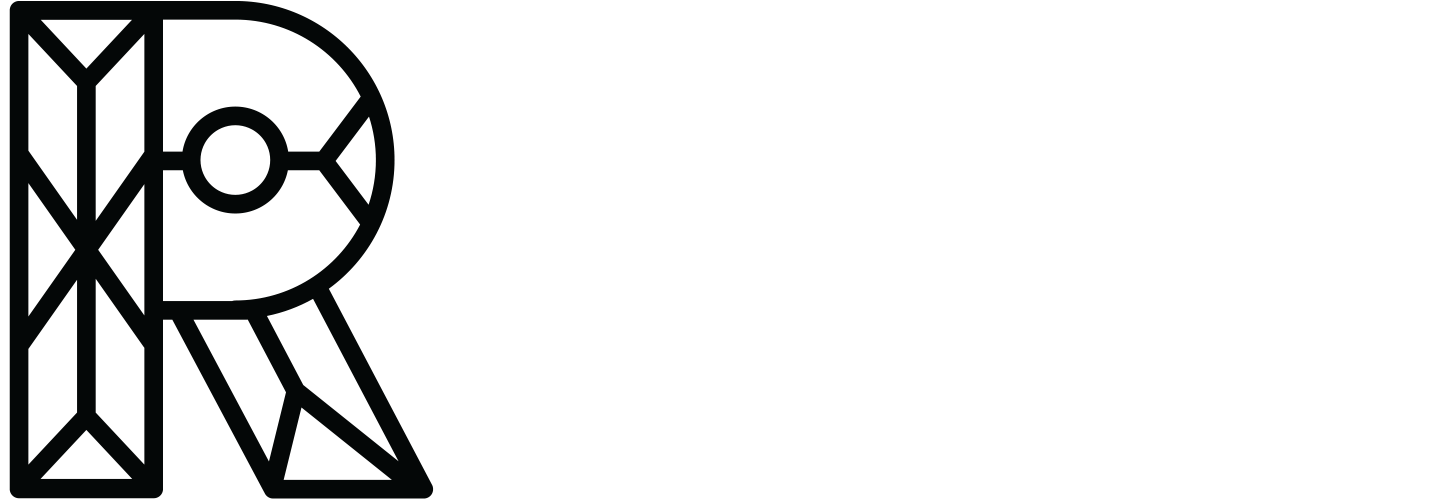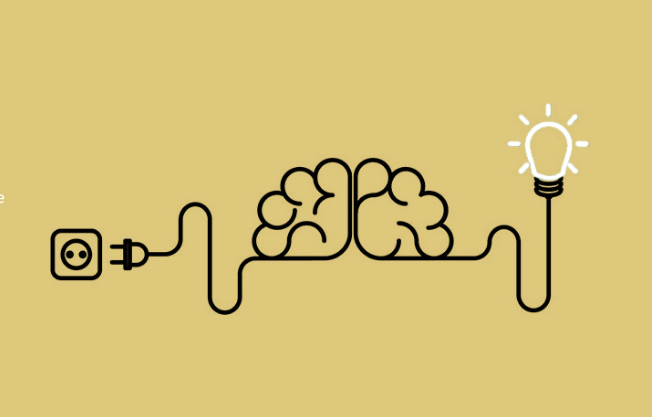Design as Action
A conversation with Matt Kelly of DoTank
DoTank is a Chicago-based business design firm. Their focus is on getting clients to take action through strategic thinking sessions, business model development, design sprints, and collaborative events. Matt Kelly, a Partner and Business Designer at DoTank, agreed to field some questions on their philosophy and process.
What do you see as the connection between business model design, design thinking and visual thinking?
Business modeling, or business model design, is something that you do—the ‘job to be done’ is to figure out how your spark of an idea can create value for your stakeholders and resonate with them, be built and deployed in a feasible and affordable way, and capture value for the organization.
Design thinking and visual thinking are approaches to doing this job. Design thinking suggests that you start with your customer—understand what makes them tick and what they care about; only then do you start building solutions. The idea is to test your assumptions and go about building things in a way that is constantly connected with the people you are trying to reach.
Hear about upcoming conversations
I run workshops all the time and asking people to draw or visualize something is like asking them to sing in public. Folks are terrified of it—so on this visceral and primal level, visual thinking is about realizing that stick figures are ok and that we process even crude renderings in novel and fast ways. We are wired for it. I was definitely one of those in the ‘I can’t draw camp’—there are a lot of ‘natural visual artists’ in my profession—so I empathize with that mindset. However, by using simple drawings, and even more importantly to me, physical space (via walls, whiteboards, design canvases, etc.) you see things in a whole new light.
“…asking people to draw or visualize something is like asking them to sing in public.”
Do you see design thinking as more of a philosophy or a process?
I like constantly tinkering with processes and orders of operation. I guess it is more of a philosophy or approach to me—keeping the customer at the center of the conversation and testing key assumptions.
Some detractors of design thinking are concerned that it creates a lopsided focus—too much time and resources put towards discovery and ideas, and not enough towards execution. What's your take on this?
Baloney—but then again I am quite sure that I am not a ‘design thinking’ purist. Probably depends on the project or what needs to be accomplished though. Design thinking isn’t the best approach for many challenges that are out there. Where it is underrated in the execution area is in its ability to bring alignment and clarity to all the many people who are involved in execution. When people are involved in the design process, even in a very small way, they have some sense of ownership and a greater understanding. Design thinking creates the conditions under which a successful execution or implementation is more likely.
How have you evolved your process since you've started working with it?
My team, DoTank, 1) has gotten a lot more involved in helping teams create execution plans and really think through how to get things done—we have a joint offer with a project management company and continue to work with teams at many points during their ‘doing’ journey. In the beginning it was more ideation and one off events. 2) continuing to create more storytelling vehicles and communication pieces (playbooks, videos, animations, augmented reality pieces at events, etc.) as we have added amazing graphic and visual design talents to the team.
Are there particular types of challenges that are better suited for your approach? Challenges that are not a good fit? Why?
The tools we use come to mind here. We use existing and bespoke design canvases and visual tools to help people and teams figure stuff out. Simple tools for complex conversations—really versatile stuff. So while a design thinking approach, as I mentioned earlier, isn’t a turnkey solution for most things, it can bring value to almost any strategic conversation that requires the integration of diverse perspectives and some degree of creativity.
In terms of challenges that are not a good fit—not exactly, but at the moment, I would like to get financial modeling and intense quantitative work more integrated with the design phase of a project. I think they can fit, but it is a work in progress.
What has been the most challenging aspect of your process? What does your client have the most difficulty understanding?
I think it relates to the mindset of the folks that you are working with. For example, if you are creating a workshop or experience for thirty people, the core team or the ‘buyers’ might only represent 10% of the room. The challenge is to get everyone to ‘trust the process’ and go with it. This isn’t stuff that a solo operator does in the dark corner of a library—it is human and social and nature; the challenges are related to working with people in an effective and impactful way.
Clients sometimes have difficulty understanding that this isn’t just a one time thing—you have to commit to revisiting your work periodically and making human centered design part of the team’s DNA.
What are the biggest challenges with executing on the findings for a client? How do you smooth the transition from high level thinking into tactical execution?
The biggest threat to execution is ‘business as usual’ and ‘the day job’. Clients can leave a design session at a high pitch of excitement and ambition—but an executive email or report that is due can very easily distract from a newly minted strategic plan.
“When people are involved in the design process, even in a very small way, they have some sense of ownership and a greater understanding.”
You can smooth the transition by, and I am going to give a shout to Scott Peterson who helped us build our High Impact Event sales process, by ‘shaping the path’ and ‘closing the loops’. You want to model behaviors of follow up, check-ins, and always having a next key date on the books at all times. Also, super important—have a few hours with your team at the start of execution phase to create a team charter: Define rules, roles, goals, and values. Anticipate obstacles and inventory the supports that will help you along the way. Gameplan the next few months—tasks and resources required.
How do you define design? Why should organizations care about it?
A human centered approach that engages with form and function. An amazing way to bring alignment, energy, and joy to teams. Organizations should care about it because both what you do and how you do it can be improved—it influences both strategy and culture.
And it is incredibly versatile. Amongst so many other things, it can be applied to: building new products and services, strategic planning, value proposition design, mergers and acquisitions, launching new partnerships, storytelling, interactive experiences at events & conferences, growing key accounts and strategic relationships….and much more.
To learn more about DoTank, visit dotankdo.com
To see them in action, check out their upcoming events.



